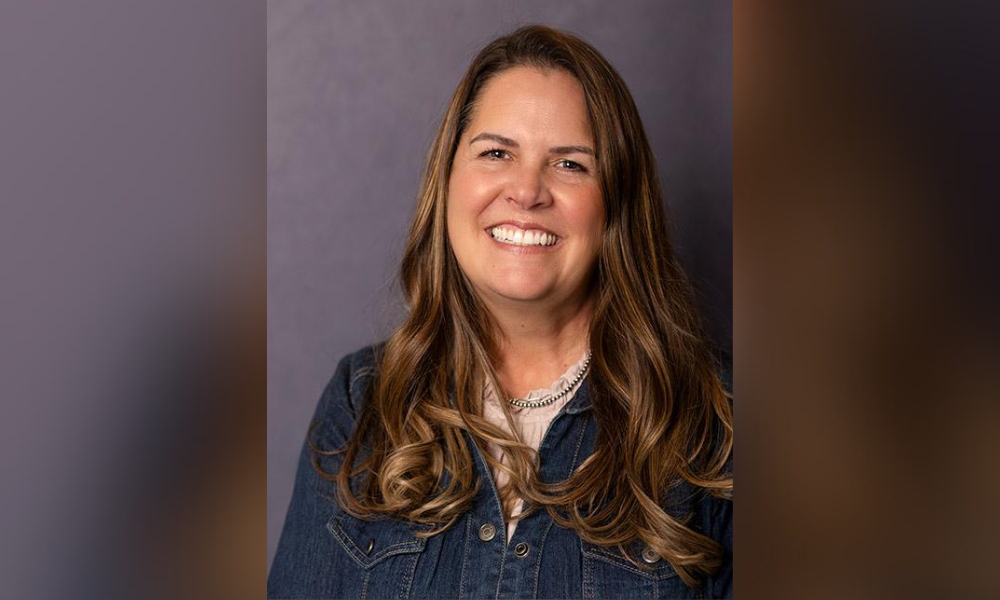We asked mortgage professionals in various provinces what they would change on the housing and mortgage fronts

As Canada enters the final week of its federal election campaign, we asked mortgage brokers in provinces across the country what they want to see changed in the national housing market.
From qualifying issues with the stress rates, low supply problems, and a complete lack of affordability for clients, brokers are facing different problems in different markets of the country.
Nova Scotia
Alex Lavender (pictured top), a mortgage broker with Centum Home Lenders in Halifax, told Canadian Mortgage Professional the largest problem facing his market is affordability for his clients. Lavendar says a strong single income would be around $100,000 per year.
“If you're a single borrower, that would equate to a $400,000 purchase price maximum,” he said. “There are not too many homes left that go for $400,000 anymore.”
However, with the average income in Nova Scotia sitting just under $50,000 per year, even a dual income would only allow for a maximum home price of $400,000.
“Income level [here] is lower compared to other provinces, and it makes it challenging for people because wages have not kept up with how fast the house prices have gone up,” said Lavender.
While provincial initiatives like down payment assistant programs are a start, he would like to see changes to boost borrowers’ spending power. Increasing gross debt service ratios and total debt service ratio for borrowers with high credit scores is one strategy Lavender suggests.
“These debt ratios don't even take into account personal borrowing habits,” He said, explaining that "you can have two people that look identical on an application, but one person or one couple could afford that mortgage and the other couldn't just based on their own personal spending habits.”
Under current stress test rules, borrowers must show they can afford a rate of 5.25% or two percentage points above their current contract rate, whichever is higher – but Lavender also called for that to be eased.“Two per cent, especially when things were really on the high side, was a bit aggressive,” he said.“And now we're coming down to probably a more stable market. I think 1% is just going to give buyers that little bit of extra buying power that they need.”
Yukon

In Canada’s northern territories brokers are finding similar issues. Erik Umbrich (pictured above), a broker in Whitehorse, Yukon says like many other parts of the country affordability is the largest obstacle encountered by his clients.
“As a mortgage professional I am seeing people's ability to borrow decrease every year. It is just getting harder and harder. We are seeing house prices go up and wages are not keeping up,” he told CMP.
Umbrich noted that the factor of affordability is exacerbated in Canada’s north where it's far more expensive to develop land, hire skilled labour, and transport building materials.
A report from Canada Mortgage and Housing Corporation (CMHC) last year found one in five families in Whitehorse could not afford any market housing, while residential housing starts decreased.
Umbrich highlighted the need to make mortgages more accessible, “I am not talking about putting consumers at concerning levels of debt,” he said.. “I am talking about reasonable tweaks that make a difference in getting that extra bit onto your mortgage approval that often makes the difference between being able to buy or not.”
Many renters, he pointed out, are paying more for rent than they would for the average mortgage. “Why are we turning these people down? They clearly can pay and have shown that they do pay.”
Umbrich also mentioned reducing the stress rate to help buyers qualify. “That ‘+2%’ is getting old. Would 1.5% instead of 2% result in differences? Immensely.”
“Decreasing cost of housing or slowing down its progression is a nice campaign promise. That's always a good thing,” Umbrich said, pointing out that a plan should go into more depth “if the feds are backing up CMHC properly (or with a new housing strategy) then they can take more risk. Loosen the ratios. Loosen the qualifying rate. Tweaks only- not dramatic changes.”
Canadian housing organizations, including CAEH and CREA, have unveiled a 10-point policy plan to address the housing crisis worsened by the US trade war. The plan aims to ensure housing security and affordability.https://t.co/XP8yQrZyqP
— Canadian Mortgage Professional Magazine (@CMPmagazine) March 13, 2025
Manitoba
Laurie and Kat Boudreau (pictured below) are a mother-daughter mortgage broker duo based in Winnipeg. They said a lot of the problems they encounter in Manitoba's housing market could be improved by more federally regulated guidelines.

In Manitoba brokers contend with low prices, high demand and short supply. “We have so many well qualified buyers because we have such a good stable economy,” said Laurie, “it's not uncommon for us to see 20 offers on a house or 30 offers on a house.”
The high demand has led realtors to offer low financing periods, as little as one to three days, to beat competition. That’s compared to other provinces where the period is usually around one to two weeks.
“It throws off lenders a lot because it's like, ‘Oh my gosh, OK, we got to do this quick and fast,’” said Kat.
Demand has also led to blind bidding wars that can harm home buyers directly. A client might pay well over asking since they do not know the next highest bid or a client with a low bid may lose the house they have been saving for, for years.
“it's very discouraging for our first time buyers because it's heartbreaking, soul crushing, when they bid on a house and they do bid $20,000 more and they don't get it,” said Laurie, who added that “we've gotten calls of clients crying.”
The pair reference the 2021 Home Buyers’ Bill of Rights proposed by the Liberal government at the time. Among other changes, the bill would stop blind bidding.
Ontario

In Ontario’s Greater Toronto Area (GTA), Taz Zaide (pictured above) says that affordability remains the largest issue to tackle. “There's not a lot of affordable housing in the midst of the vicinity of the GTA where I reside.”
Zaide says plans to build affordable housing are a start. “Affordable housing there could definitely be a great plan for some people to kind of get their feet in the waters in the market.”
However, while Zaide says affordable housing is a great way to get someone involved in the market, he also called for an easing of stress test rules.
“I've noticed a lot of people that are trying to get into the market are looking at properties that they just don't qualify for, even though they feel like they can afford it, mainly because of that stress test,” said Zaide.
He said creating a more flexible stress test rule would cause a notable shift in business for both brokers and realtors. “It'll open a lot of opportunities for both realtors and mortgage brokers to re-engage those prospective clients and obviously that'll have an impact on the market as well.”
Alberta

Patricia McKean (pictured above), a broker in Alberta, said she would like to see changes to the capital gains tax, citing its tendency to scare potential investors.
“When you sell that property, there's the hit of the capital gains on you. So, is it really a good business model for investors?” said McKean, who pointed out “we need them [investors] because we need rentals.”
While housing starts are up 18% this quarter in Alberta compared to last year, McKean said that brokers in the province are still trying to keep up with a lack of supply. “It's just like COVID, 2020-2021.”
She said the influx of people moving from BC and Ontario into Alberta has been reducing supply and driving up prices. In her market houses are “cheap in for somebody coming from Ontario who can't get a single-family house for under $1 million [in Ontario].”
While programs like the secondary suite program can be a great reliever in supply and affordability, McKean does not recommend it to all her clients. “Unfortunately, many municipalities weren't built for two suited houses.”
Make sure to get all the latest news to your inbox on Canada’s mortgage and housing markets by signing up for our free daily newsletter here.



